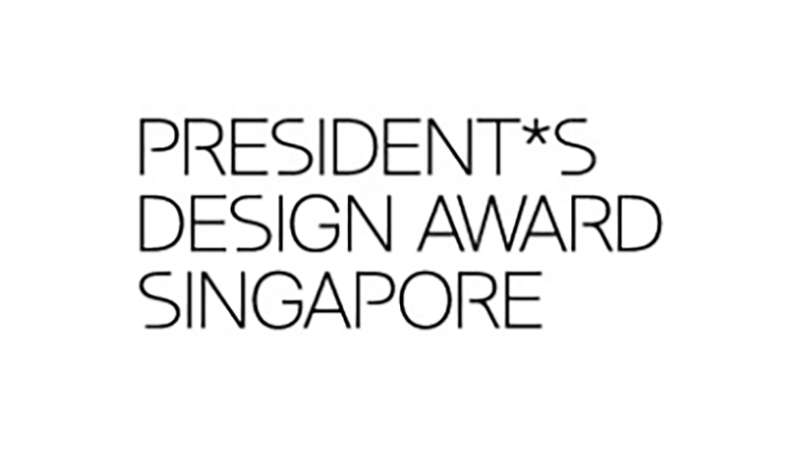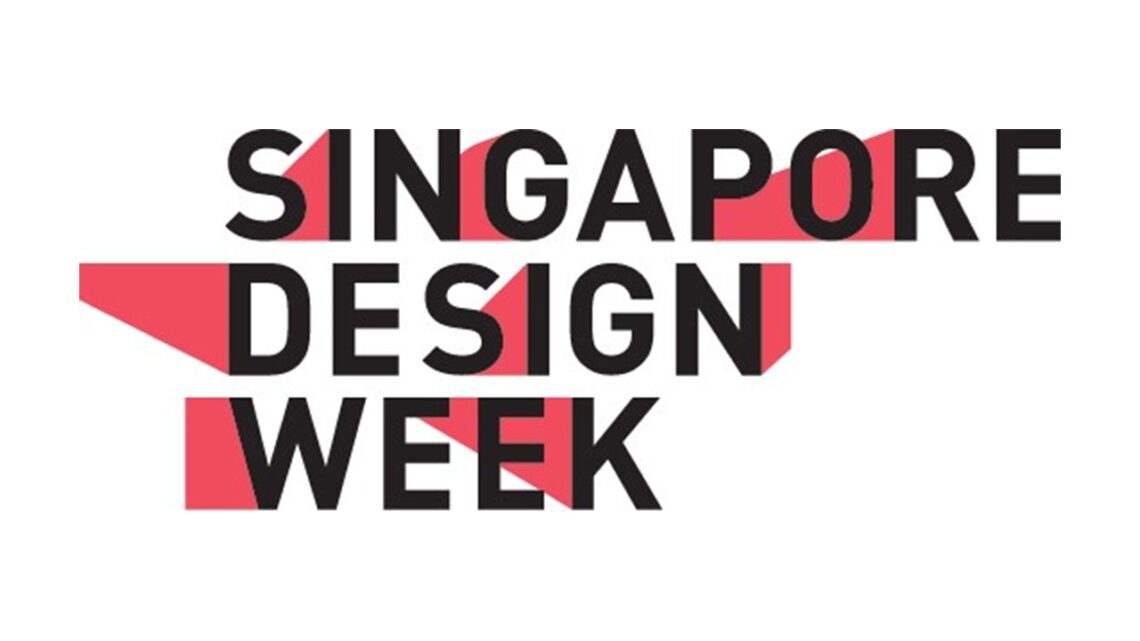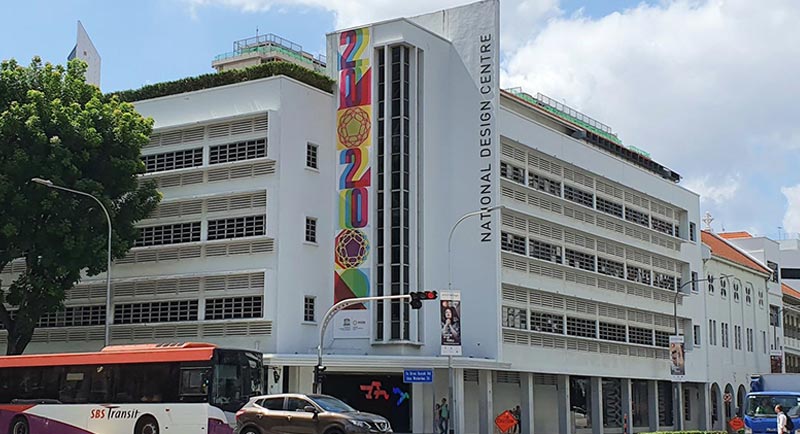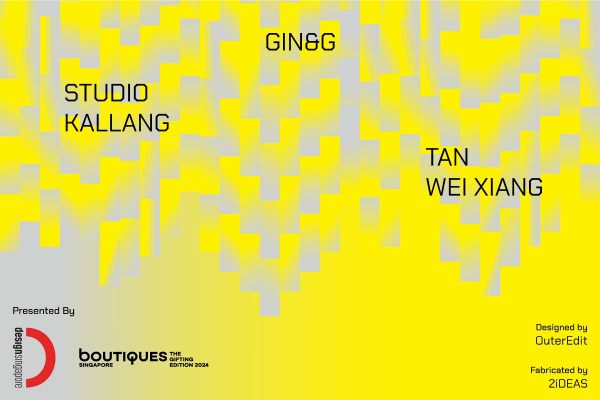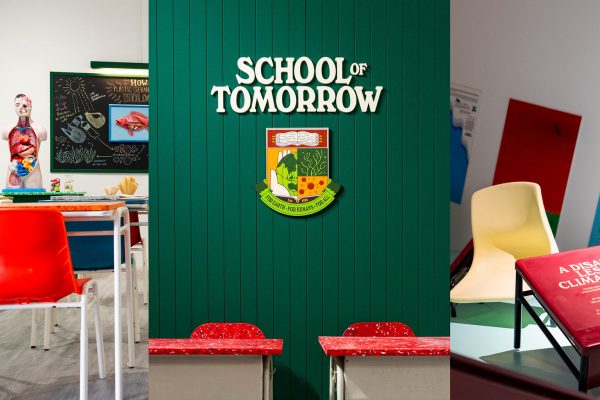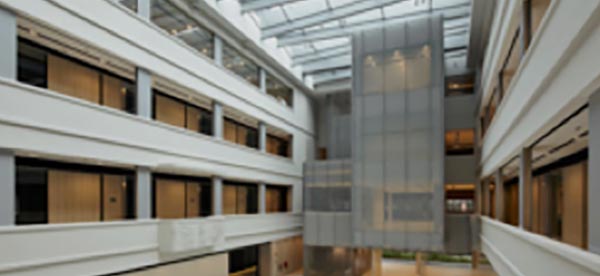The DesignSingapore Council speaks to beneficiaries of the SkillsFuture Study Award in Design, to find out more about their projects and pursuits.
Ian Tan’s interest in Architectural Conservation began a very long time ago through observing things around him. “As the Chinese saying goes “麻雀虽小,五脏俱全”, I realised that even though our historic buildings such as shophouses, temples, churches and mosques are not big, they have intricate ornaments and designs that are imbued with social and historical significance,” says Ian.
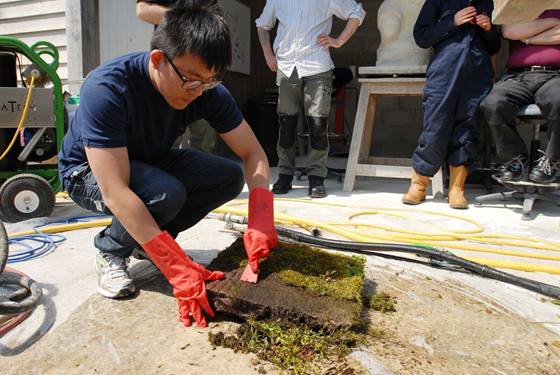
In 2018, Ian will begin reading a PhD of Architecture, Specialising in Architectural History and Theory, at the University of Hong Kong. His research there will focus on the history and conservation of cast iron and steel buildings constructed in port cities during the 20th century, including Singapore, Hong Kong, Yangon and Calcutta.
In this interview, Ian talks about projects close to his heart; his ambitions and challenges; and his goals to contribute to Singaporean design.
Where did your career in Architectural Conservation begin?
My interest in Architectural Conservation began while I was pursuing my architecture degree in NUS in 2007 – 2011. I then went on to obtain a MSc Architectural Conservation from the University of Edinburgh and a MA in Museum Studies from the University of Leicester.
What do you hope to gain from your education, PhD of Architecture, Specialising in Architectural History and Theory, in University of Hong Kong?
My PhD involves the study of early 20th century cast iron and steel buildings found in Singapore, Hong Kong, Yangon and Kolkata. I am particularly interested in how this material created buildings which form our impression of grand colonial civil districts in early 20th century. Examples of cast iron and steel buildings found in Singapore include Lau Pa Sat, Fullerton Hotel and the Supreme Court. I hope that my research will help to raise awareness for such buildings found in Kolkata and Yangon, many of which are threatened by urban redevelopment and modernisation. I also hope to learn best practices from Hong Kong, Singapore and elsewhere to form a comprehensive plan to retain and reuse these exquisite colonial buildings. Such best practices involve learning about placemaking, urban revitalisation and most importantly, conservation techniques and technologies for adaptive reuse of old buildings.

By interspersing the new and the old, Singapore’s urban landscape is one with variety and surprise at each corner.
Can you tell us about a few projects you are most proud of?
I worked in the National Heritage Board (NHB) from 2012 – 2017, specialising in heritage planning. My job scope covered a range of activities from research and documentation to project management and outreach. There are two projects which were memorable. Firstly, using new technologies to showcase our built heritage. I worked with two heritage experts on a series of videos documenting the architectural significance of Chinese temples which were gazetted as National Monuments, namely Thian Hock Keng, Singapore Yu Huang Gong (Former Keng Teck Whay) and Yue Hai Ching Temple. The videos provide a rare view of the roof ornaments and intricate ceiling and beam carvings in the temple which visitors are not able to see up close.
Secondly, given the opportunity by the Bukit Brown Work Group and NHB to manage and provide inputs into the refurbishment of the Bukit Brown Cemetery gates, I was able to apply my knowledge in conversation. The refurbishment process allowed me to share my knowledge in metal conservation and to learn about conservation best practices from members of the Bukit Brown Work Group and the commissioned refurbishment specialists.

What is next for you? What projects are you working on now?
My main focus for the coming years is my PhD research. Meanwhile, I will also explore opportunities within Hong Kong and China to develop my skills in placemaking and urban revitalisation. In particular, I would like to find out more about the role of community involvement and participatory design in rejuvenating city centres and to insert new uses and buildings into historic urban areas sensitively. I relish in the opportunity to apply such knowledge in rejuvenating different parts of Singapore in the future!
What was the biggest challenge you faced convincing your peers/management/business associates to recognise Design as a valuable asset / business strategy?
In architecture, design is often interpreted as having an external building facade which is new and cutting edge. Realistically however, there is little to differentiate one shopping mall from another skyscraper.
On the other hand, placemaking as a design tool, provides an opportunity to create unique place identities. Retaining historic enclaves in Chinatown, Raffles Place and Kampong have created urban areas which are historical and yet also containing modern amenities and functions catering to different audiences. For example Keong Saik Road, a part of the Chinatown conservation area, was recently voted as one of the Top 10 travel destinations in Asia by Lonely Planet. The former red-light district area has been rejuvenated and transformed to an enclave filled with bookshops, restaurants and boutique hotels alongside long-time establishments such as the martial art studios and clanhouses. There are also regular street festivals focusing on wellness programmes (e.g. Urban Ventures @ Keong Saik) and the area’s unique heritage (e.g. Singapore Heritage Festival 2017).
Clearly, placemaking is a valuable design strategy that connects stakeholders of an area together to harness their abilities collectively. Such coordinated efforts raise awareness and outreach to a wider audience which may otherwise not be aware of the area’s unique offerings. It is a win-win situation for both the stakeholders of the area who benefit from the increased footfall and members of the public who are looking for new places to explore.
When your foreign contemporaries ask you, what would you say is representative of Singaporean urban design?
If asked by foreign contemporaries, I would say Singapore’s urban design is one that balances the old and the new. Singapore’s skyline is not just dominated by towering skyscrapers. A large part of the city also consist of low-rise shophouses and an ensemble of historic churches, temples, mosque and colonial buildings. By interspersing the new and the old, Singapore’s urban landscape is one with variety and surprise at each corner. Instead of a generic modern city centre, there are several historic district in Singapore that has its own unique identity and history.
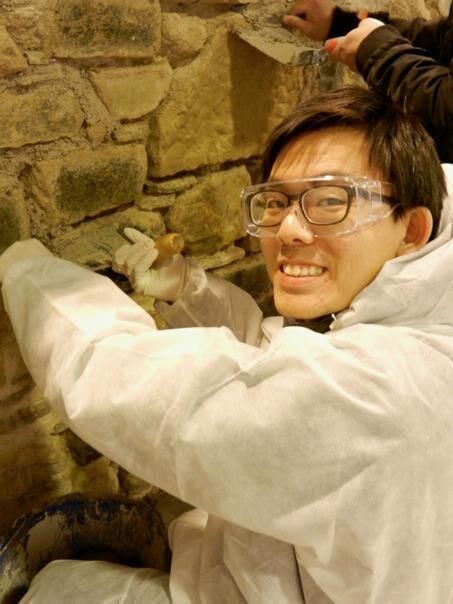
How do you intend to contribute to Singaporean design?
I hope to have the opportunity to deepen my knowledge in architectural conservation and placemaking during my PhD research. Hopefully, I will be able to apply this knowledge to contribute towards Singaporean design upon my return in four years’ time. I hope that my upcoming research in Architectural Conservation can help to raise awareness among the public about Singapore’s built heritage.
For more information on SkillsFuture Study Award (Design), please visit: https://designsingapore.org/initiatives/skillsfuture/
